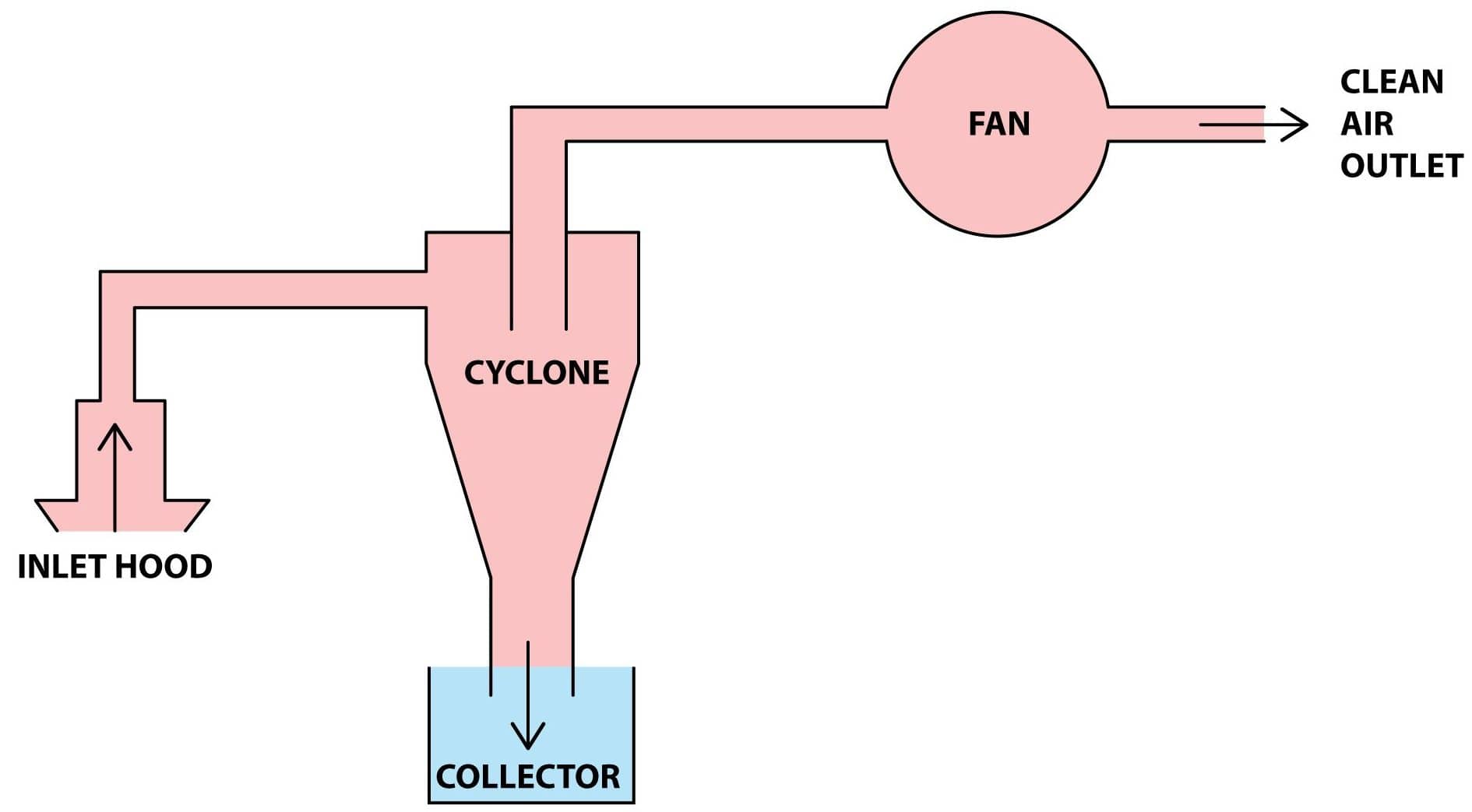
Cyclone Separator Working Principle (Dust Separator) Explained saVRee
Construction of Cyclone Separator. Cyclone separators are a bit complicated in design with better particle removal efficiency. Cyclones are basically centrifugal separators. It consists of a cylindrical vessel referred to as the barrel with the conical base, Fig. 3.5. A tangential intake and a fluid outflow are located in the upper section of.
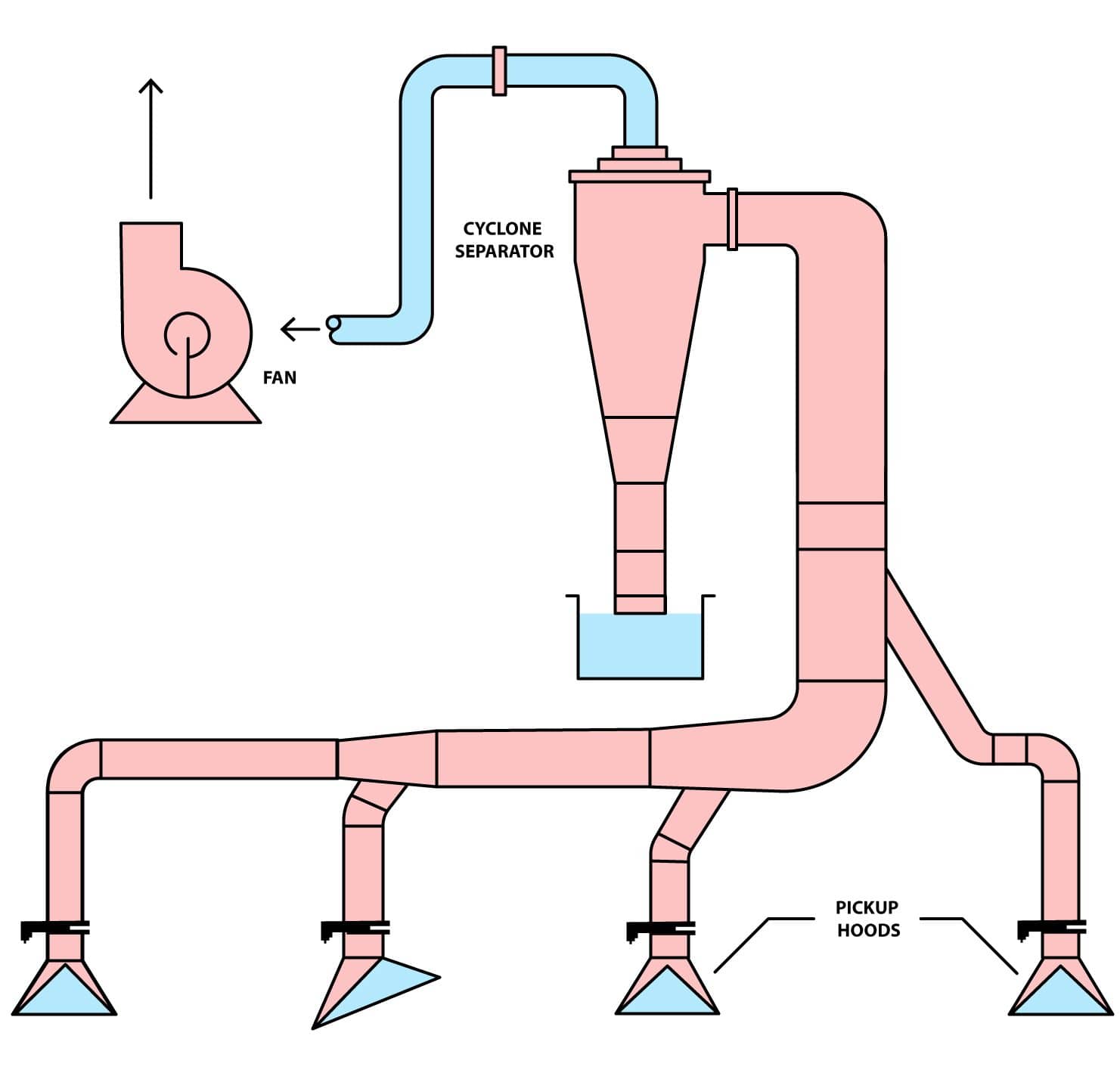
Cyclone Separator Working Principle (Dust Separator) Explained saVRee
The thien separator mimics this but is limited to a little less than one revolution of the container so, certainly, some small particles get to the outlet. The benefit is simple cheap construction and performance somewhere between a separator lid and a true cyclone. The OP original question is about SP loss and it's a valid and important question.
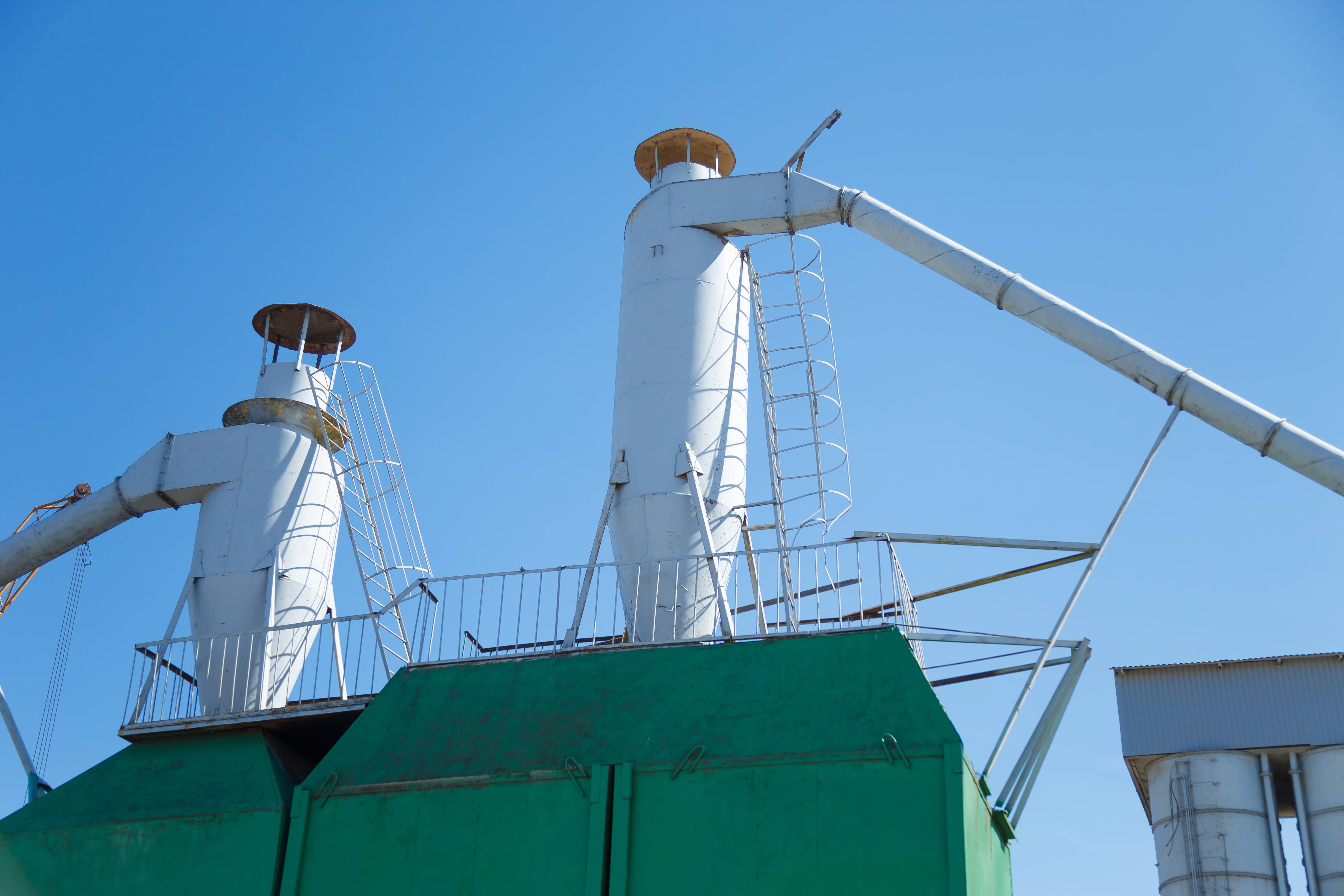
Cyclone Separator Working Principle (Dust Separator) Explained saVRee
Hydrocyclones are used for separating fluids of different densities. Cyclone separators can be installed as single units, or in multiples, known as multi-cyclones. It is also possible to install cyclones in series, or, in parallel. Separators can be installed with a horizontal or vertical orientation.

What is Cyclone Separator? Working Principle, Construction, Diagram
Design and Analysis of Cyclone Separator. Abstract— Cyclone Separator is a commonly used device to separate dust particles from gas and dust flow. The project presents the design and development of Cyclone Separators based on CFD along with simulations. The present work is based on the performance of flour mill Cyclone Separator for different.
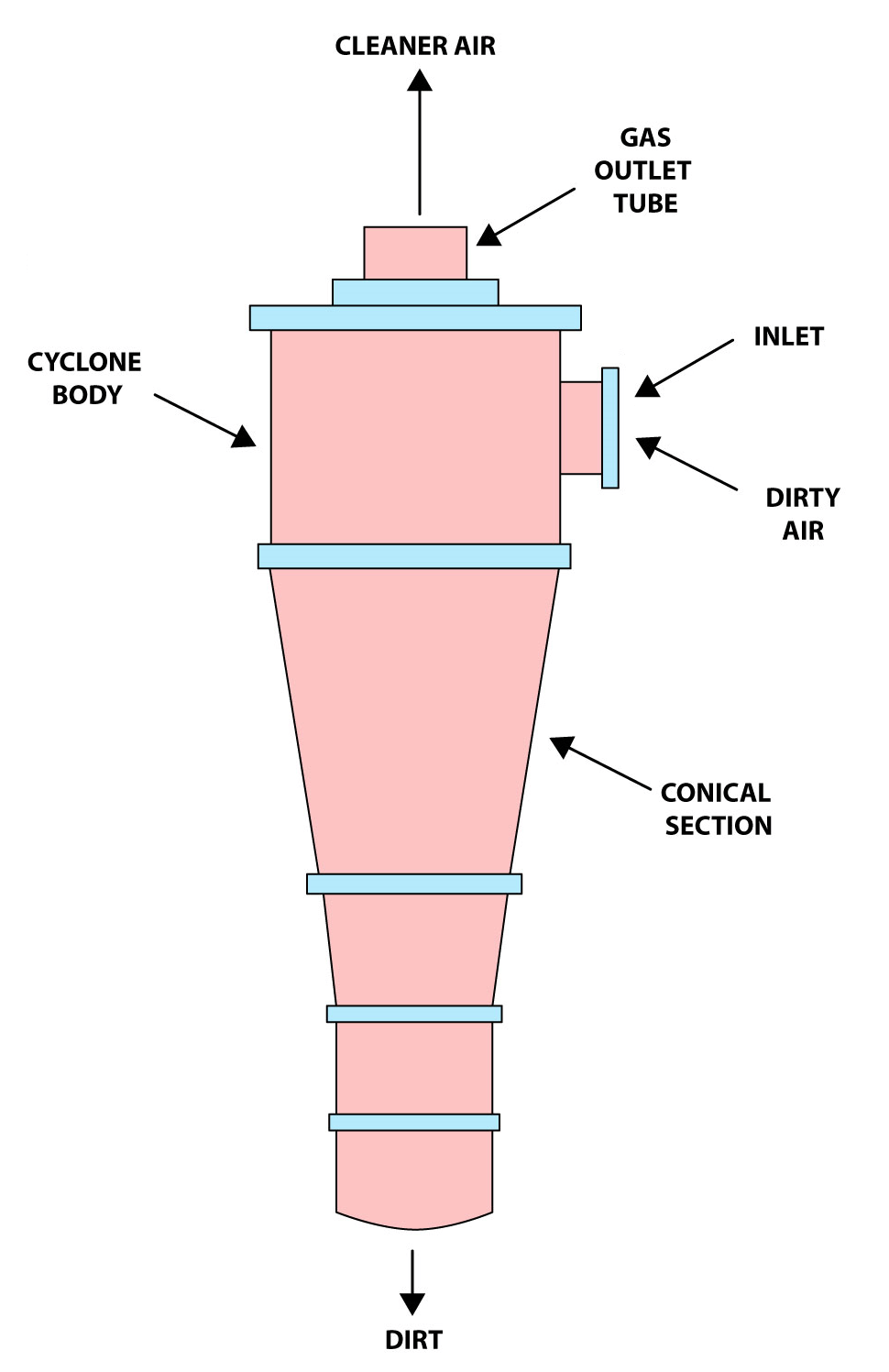
cyclone separator design ppt nilsonvanandstorage
The design procedure for the cyclone separator considered in this study is based on the work done by Kashan Bashir [11] which is based on the foundation laid by Lapple back is the 1950's. Using.

1 Schematic of the cyclone separator principle. Download Scientific
Properly designed cyclones can remove nearly every particle in the 20- to 30-µm range. Typical cyclone separators have efficiencies of 70-90%. Gas inlet velocities should be in the range of 100 to 150 ft/s, but may be limited by re-entrainment of dust particles or by unacceptable pressure drop. At the tapered end of the chamber, where the.

Cyclone Separators — Armatec Environmental Ltd
SEPARATION EQUIPMENTS: GENERAL DESIGN CONSIDERATIONS OF CYCLONE SEPARATORS, CENTRIFUGES, SEPARATION EQUIPMENTS 1. INTRODUCTION 2. CYCOLNE SEPARATOR 2.1 Cyclone performance 2.1.1 Cut diameter 2.1.2 Collection efficiency 2.1.3 Pressure drop 3. GAS-LIQUID SEPARATOR 4. LIQUID-LIQUID SEPARATOR 5. GRAVITY SEPARATION 6. CENTRIFUGAL SEPARATION
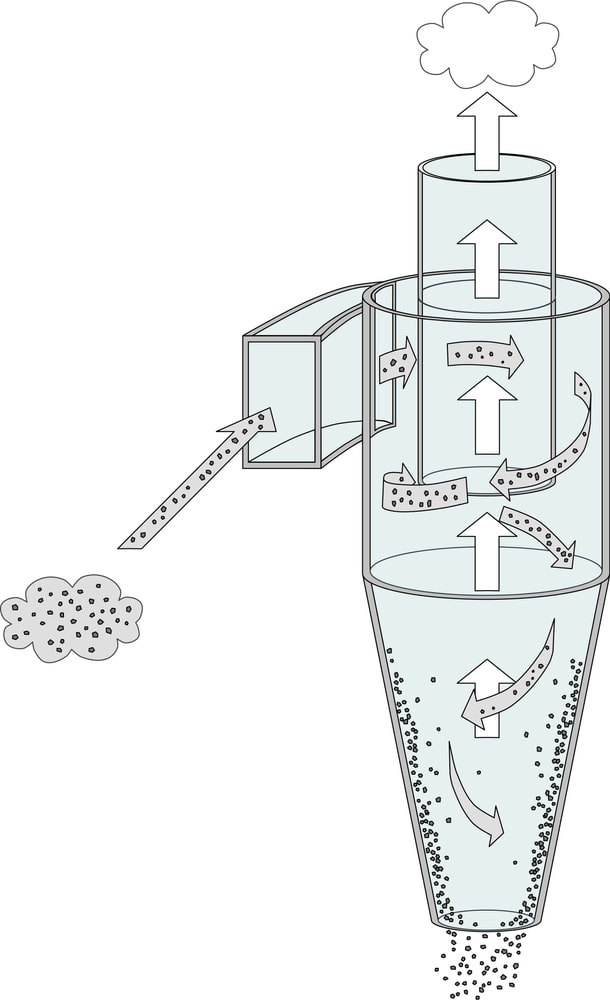
Cyclone Separator Principle, Construction, Working, and More
When selecting a cyclone separator, industrial buyers must consider various performance specifications, process conditions, construction, and applications. This guide is designed to help with this selection process by pointing out the key considerations and design aspects of cyclones.
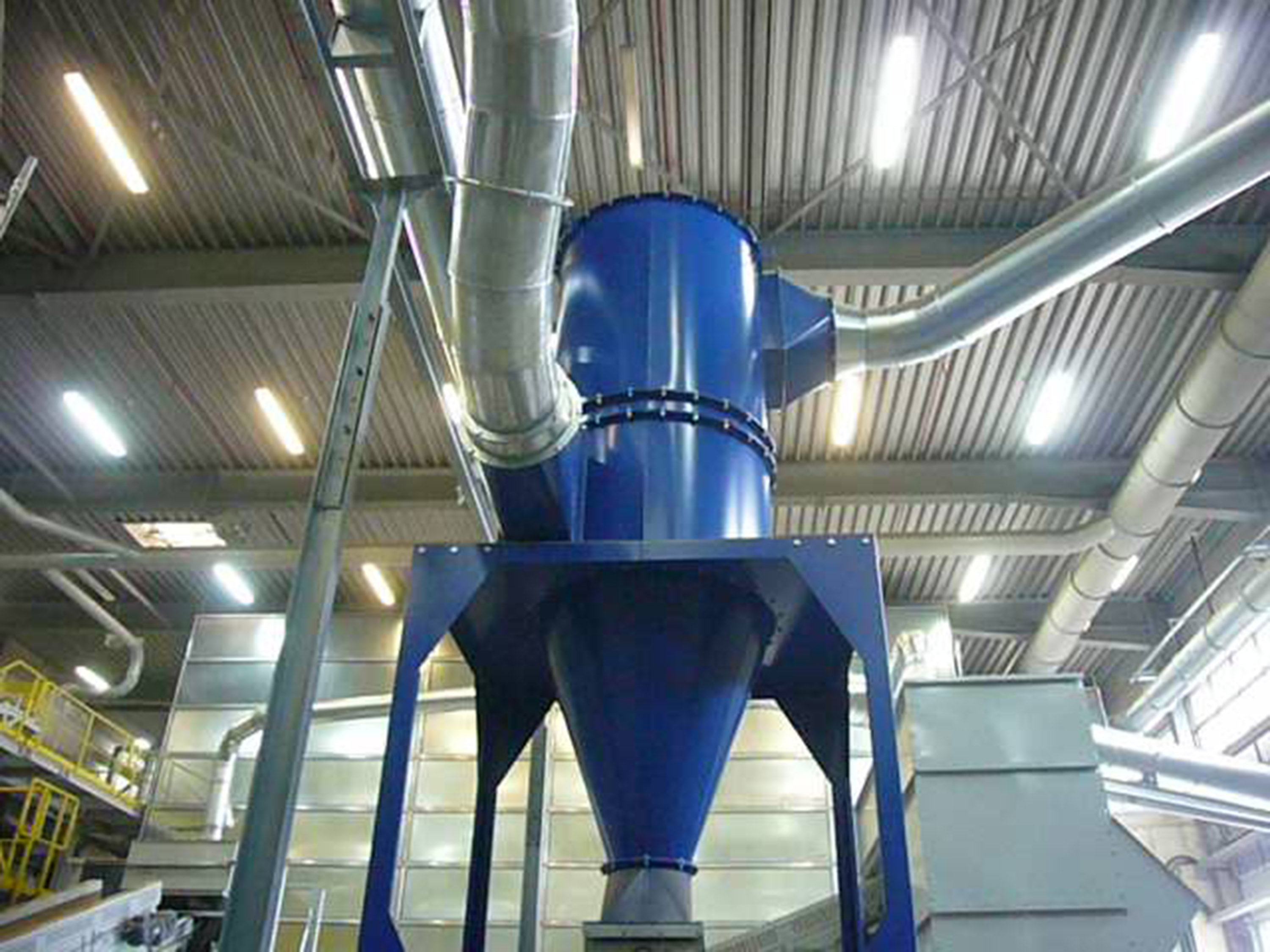
Cyclone separators HÖCKER POLYTECHNIK
A pharmaceutical cyclone separator is a specialized piece of equipment used in the pharmaceutical industry for separating solid.
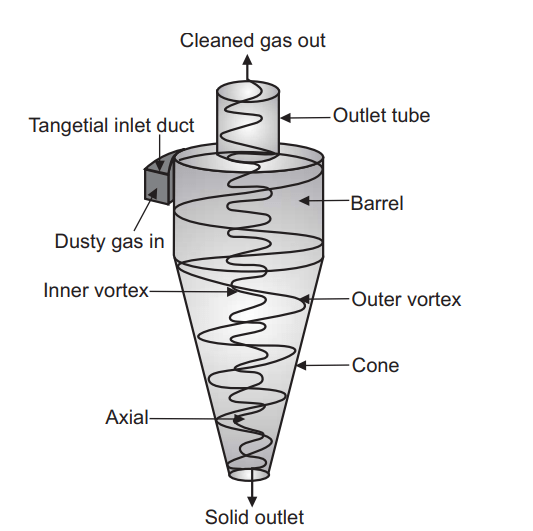
Cyclone Separator Pharmacy Gyan Principle Construction Working
The construction of a cyclone separator includes a cylindrical barrel with a conical bottom. The cyclone has some obvious advantages, such as high efficiency, if it is constructed properly (Skanderby, 2011). It is easily maintained as there are no moving parts. Furthermore, it is easy to clean if the construction is with a fully welded center.
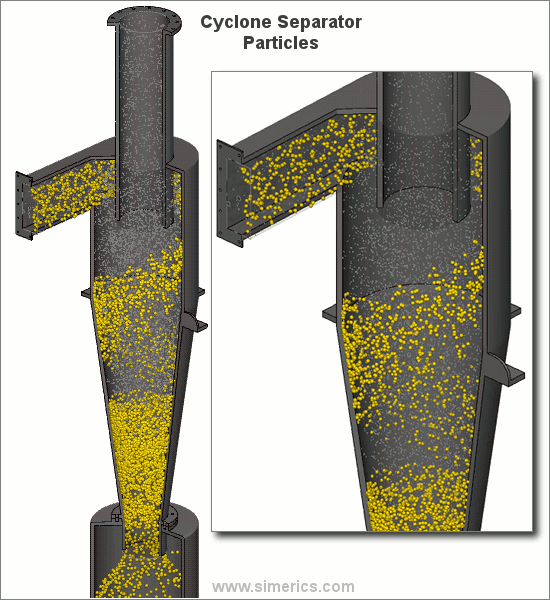
Week 8 Simulating Cyclone separator with Discrete Phase Modelling
The construction of a cyclone separator is shown in Figure. It consists of a short vertical, cylindrical vessel with a conical base. The upper part of the vessel is fitted with a tangential inlet. The outlet (solid outlet) is arranged at the base. A fluid outlet is provided at the center of the top portion, which extends inwardly into the.
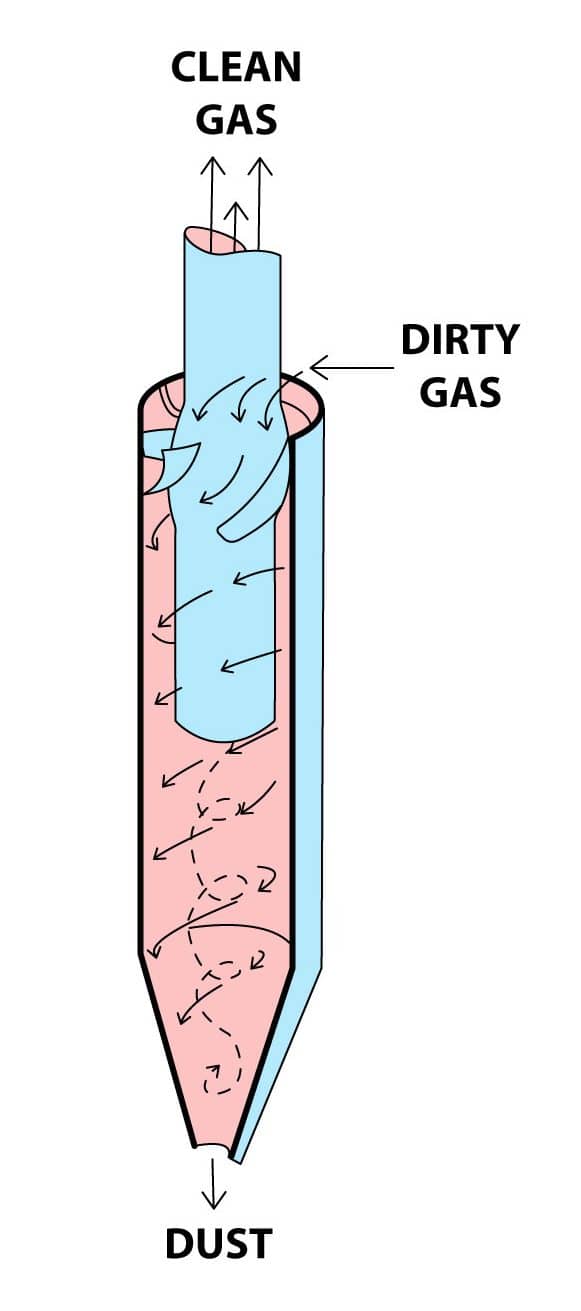
Cyclone Separator Working Principle (Dust Separator) Explained saVRee
Cyclonic separation is a method of removing particulates from an air, gas or liquid stream, without the use of filters, through vortex separation. When removing particulate matter from liquid, a hydrocyclone is used; while from gas, a gas cyclone is used. Rotational effects and gravity are used to separate mixtures of solids and fluids.

Cyclone Separator Zy6 Cyclone Separator En Cyclone separator with
Choose the cyclone separator model with a flow rate greater than the minimum required. • STEP 5 If the selected separator gives a flow rate greater than the maximum acceptable, a flow controller should be fitted at position A as shown in the diagram on the previous page. • STEP 6 Specify the model and required materials of construction.

Cyclone Separator Principle & Construction Of Cyclone Separator
Cyclone Separator Construction: Comprising a cylindrical vessel with a conical base, the cyclone separator is designed to optimize its functionality. The upper section of the vessel is equipped with a tangential inlet and a fluid outlet, while the base is fitted with a solid outlet for particle discharge.
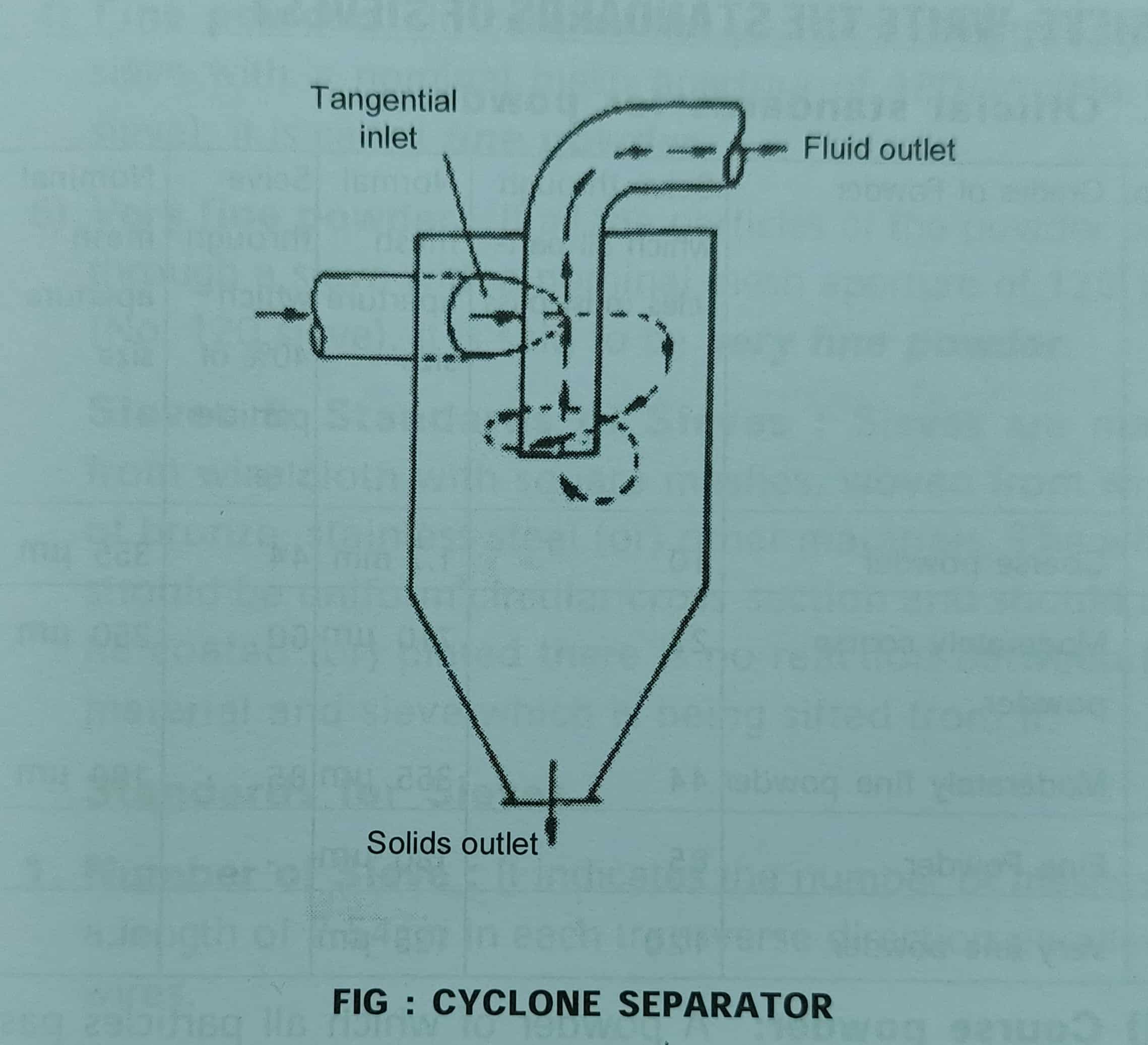
Principle Construction, and working of cyclone separator
How It Works. Cyclone separators work much like a centrifuge, but with a continuous feed of dirty air. In a cyclone separator, dirty flue gas is fed into a chamber. The inside of the chamber creates a spiral vortex, similar to a tornado. This spiral formation and the separation is shown in Figure 2. The lighter components of this gas have less.
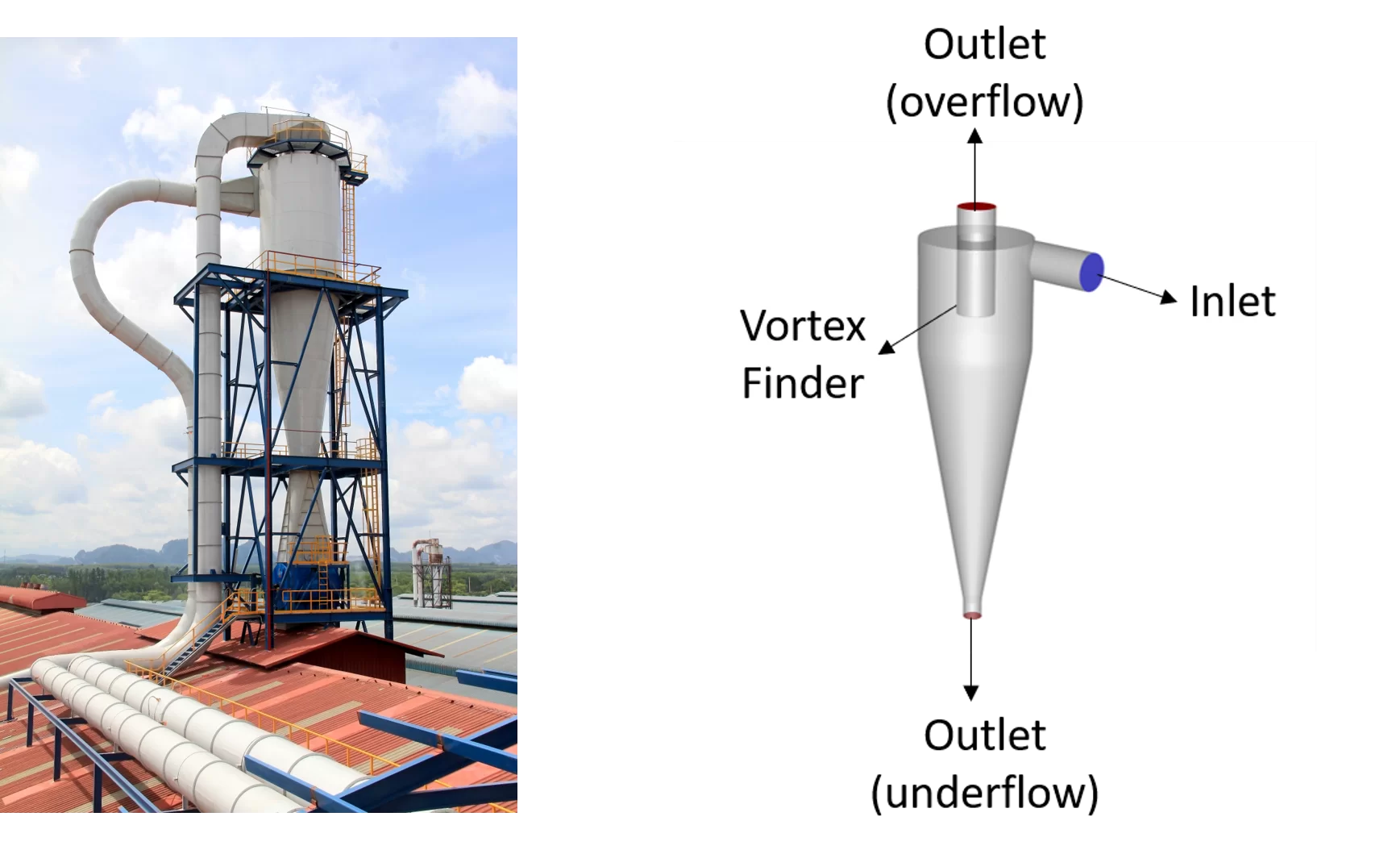
Cyclone Separator ANSYS Innovation Courses
Construction of Cyclone Separator. The cyclone separator consists of a vertical cylinder which is conical at the bottom (see Figure 1). The top portion of the cylinder consists of a flat plate. The equipment possesses an inlet for feed (solid and air mixture) towards the lateral side and an air outlet on the top portion. The air (fluid) outlet.